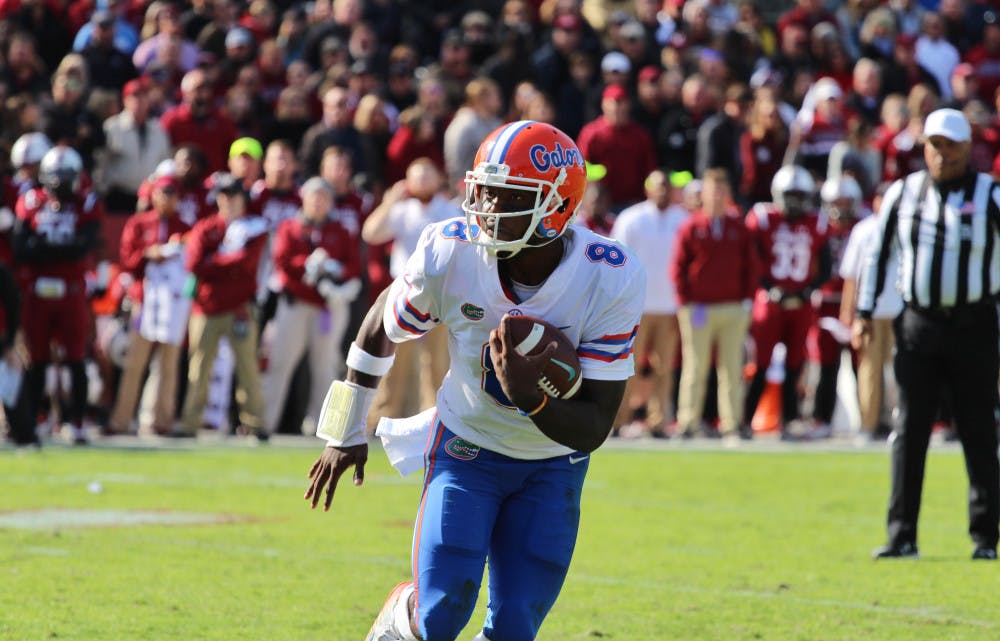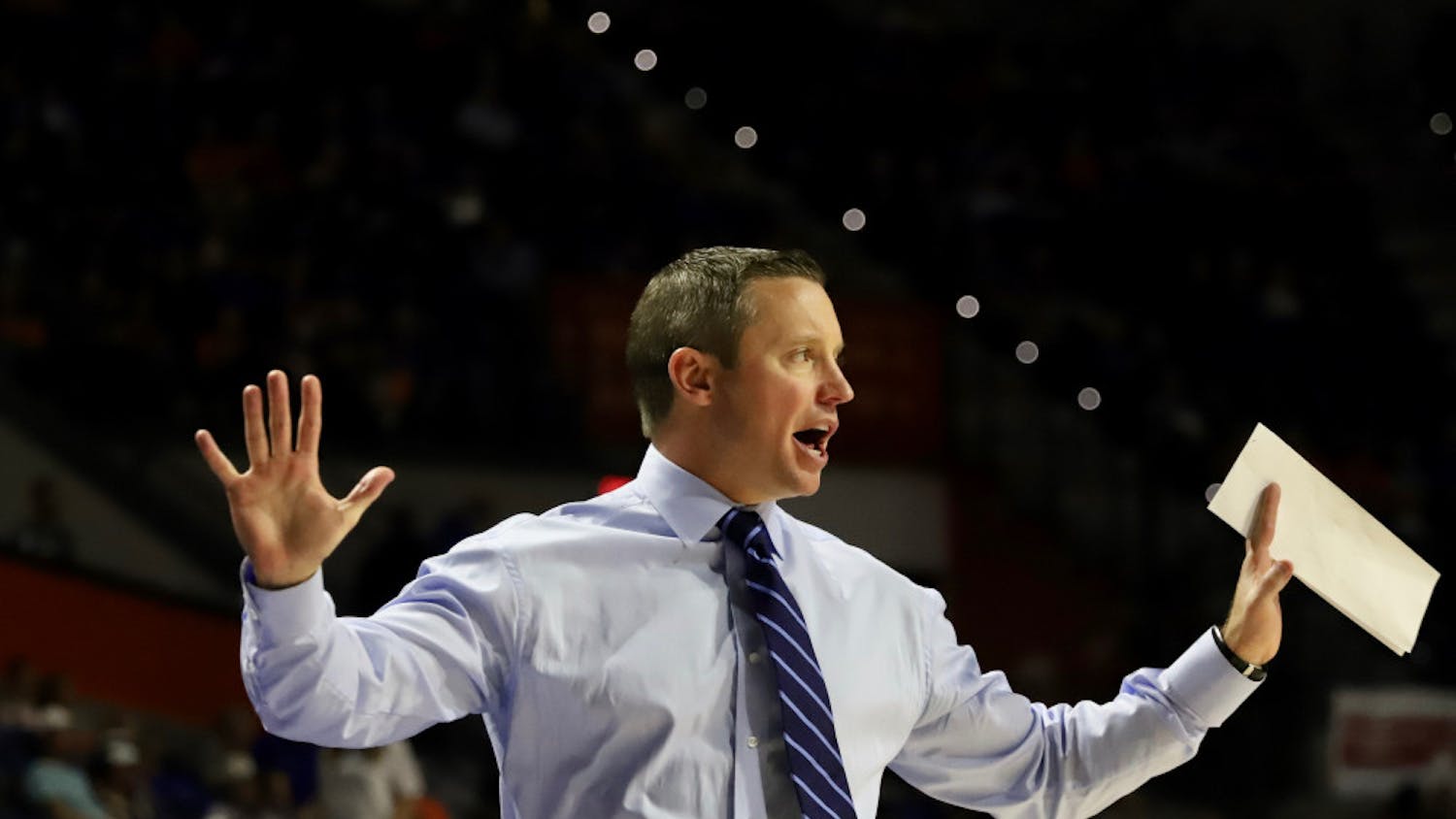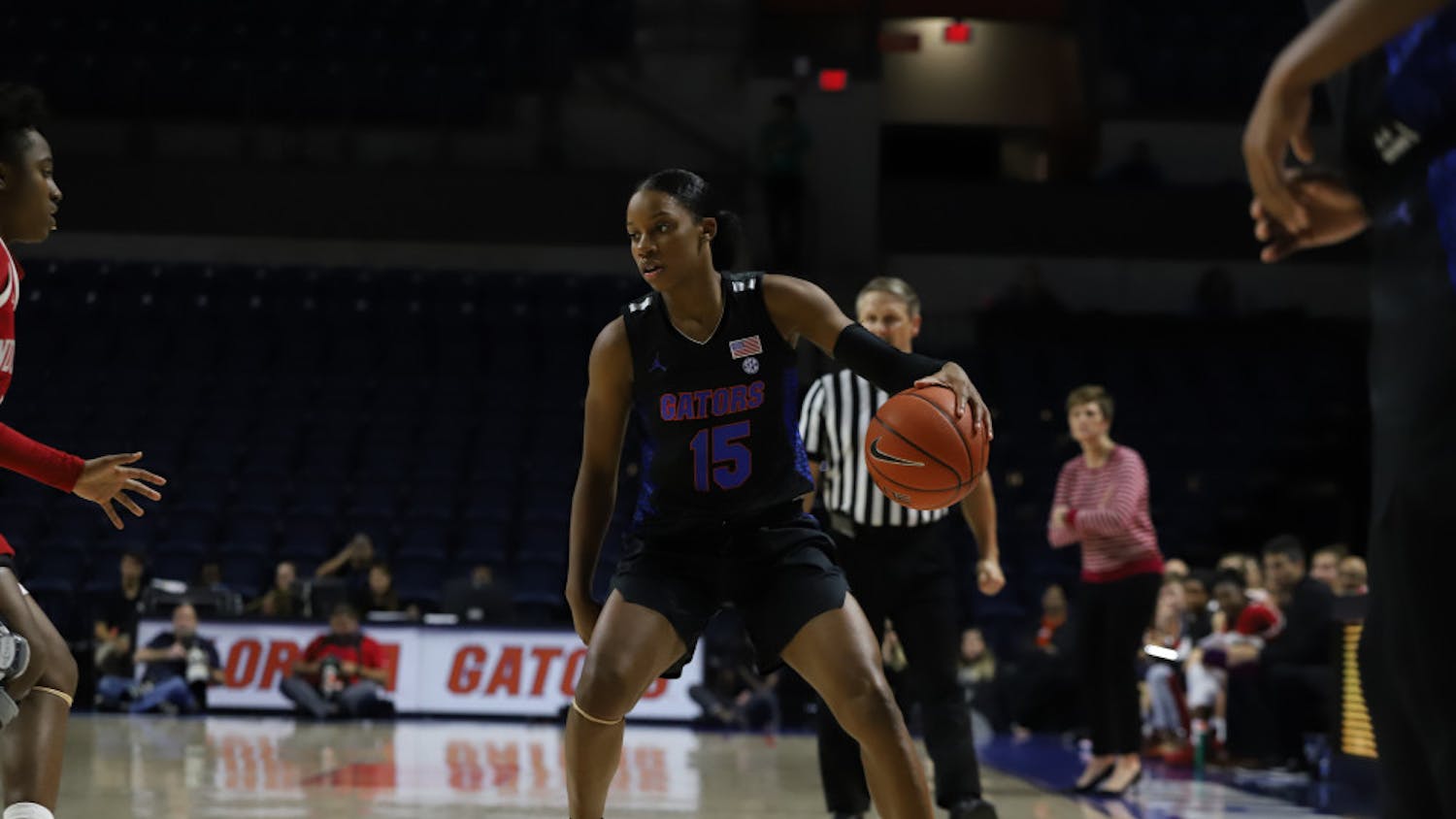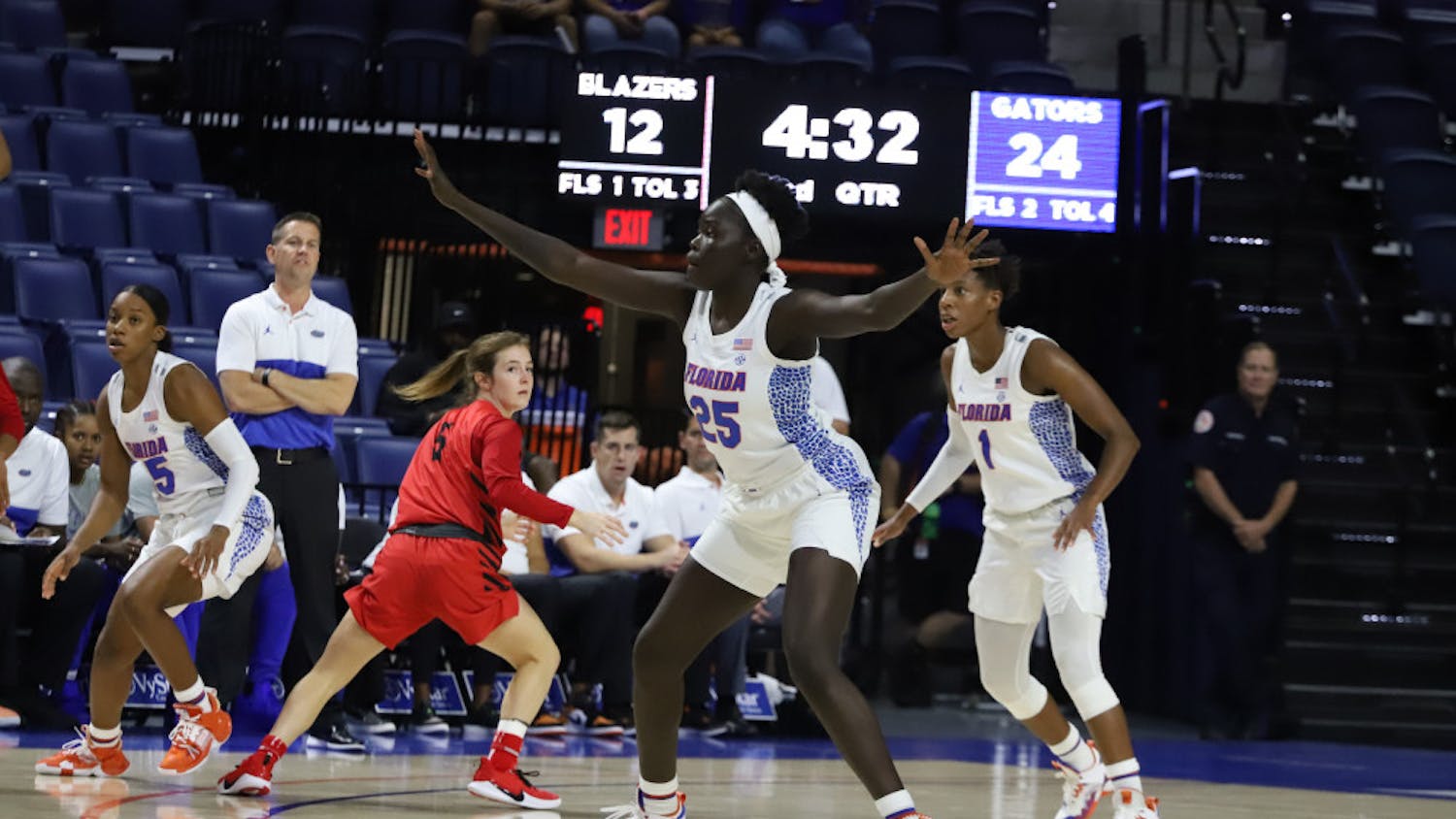The average football game only features about 11 minutes of actual football, according to the Wall Street Journal, with the other 49 lost to runoff between plays. So tonight, when Alabama plays Georgia in the College Football Playoff National Championship, take one of those dormant 49 minutes of replays, huddle shots and sideline views to inspect Crimson Tide quarterback Jalen Hurts and his Bulldogs equal, Jake Fromm.
Many things about the two are similar. They’re both 6-foot-2. They’re both underclassmen. They both often wear wristbands. But if you’re looking for differences, one of the first you might notice after skin color and hair length is their facemasks.
Hurts wears a Riddell Revolution Speed S2BD-SW-SP while Fromm wears a Riddell SpeedFlex SF-2BD. That coded language means nothing to pretty much anyone — even the players themselves — outside of team equipment managers, but those seemingly random assortments of letters and numbers offer players something that football can’t steal: identity.
Unlike baseball or basketball, football players are hidden under their helmets during games, their expressions as anonymous as their eyes. Jersey numbers help identify them, but everyone’s jersey numbers look the same. That leaves facemasks as one of the main ways players can escape from the vagueness that comes with wearing a mask. In some way, their helmet and facemask choices offer some voice of individuality. So how, exactly, do players at Florida decide what that voice will be?
The man to start with is Jeff McGrew, UF’s associate director of football equipment. He oversees UF’s equipment operations, making sure each player has shoulder pads that fit and ensuring those pads arrive at that player’s locker on time. McGrew said he usually sorts by position group when guiding players for helmet selection.
Let’s use offensive lineman Chris Bleich — the top lineman currently committed to UF in the 2018 recruiting class — as an example. He’s already on campus as an early enrollee, but assuming he hasn’t picked out his helmet yet, he’ll enter a room with McGrew.
He’ll try on all the helmet types UF has to offer and find the best fit. McGrew would recommend some of the more high-impact models for him since his position requires regular contact. Once he picks which helmet fits best, McGrew will explain which facemasks go with that helmet, along with some advice.
“This one has a little more to it,” he might say. “It’s probably for a guy down in the trenches.”
But maybe Bleich plans on wearing a hard chin strap, so he doesn’t need that extra protection. In that case, he might opt for a lighter facemask.
McGrew said that historically, linemen on both sides of the ball have favored large facemasks for extra protection while skill position players like the lighter ones with less bars, which give them more vision. However, he added that times have changed.
“I think the facemask has kind of become more a part of the look — the cool look that kids wanna have,” he said. “The bigger guys have really kinda gone away from wearing the bigger facemask design kind of for that position. They kinda naturally just wanted to wear something that’s light and looks more flashy.”
Former Florida quarterback Malik Zaire is one example of someone who took that light and flashy approach with his Schutt AiR XP Pro helmet with a basic, single-bar facemask.
“It was all about simplicity,” he said. “It was pretty basic and gave me the most vision. And it looked the best, in my opinion.”
That seems to be the general balancing act for players: What’s the most functional, sure, but also what looks the coolest? McGrew said he’s seen players’ interest in that aspect rise in recent years.
“When guys come in,” he said, “they want a mirror.”
Like players’ evolution in wanting cool-looking headgear, McGrew said the equipment staff has evolved as well in regard to safety. Riddell and Schutt, the two most common helmet manufacturers, contact Florida whenever they come out with a new product. So do other smaller companies like Xenith. That, McGrew said, allows the staff at Florida to be constantly aware of the safest models available, which are ordered when necessary.
“If there’s a new helmet out there,” he said, “then we’ll know about it.”
When that next order is inevitably placed, the new helmets will join four main types currently used by UF, while the accompanying facemasks will swell an inventory that McGrew estimated is already over 200 strong. Which, while safety remains paramount, offers players some reprieve from that anonymity brought on by football.
“There’s definitely a visual appeal to it as well,” McGrew said.
Follow Ethan Bauer on Twitter @ebaueri and contact him at ebauer@alligator.org.
Former UF quarterback Malik Zaire wore a Schutt AiR XP Pro helmet with a basic, single-bar facemask. “It was all about simplicity,” Zaire said. “And it looked the best, in my opinion.”






